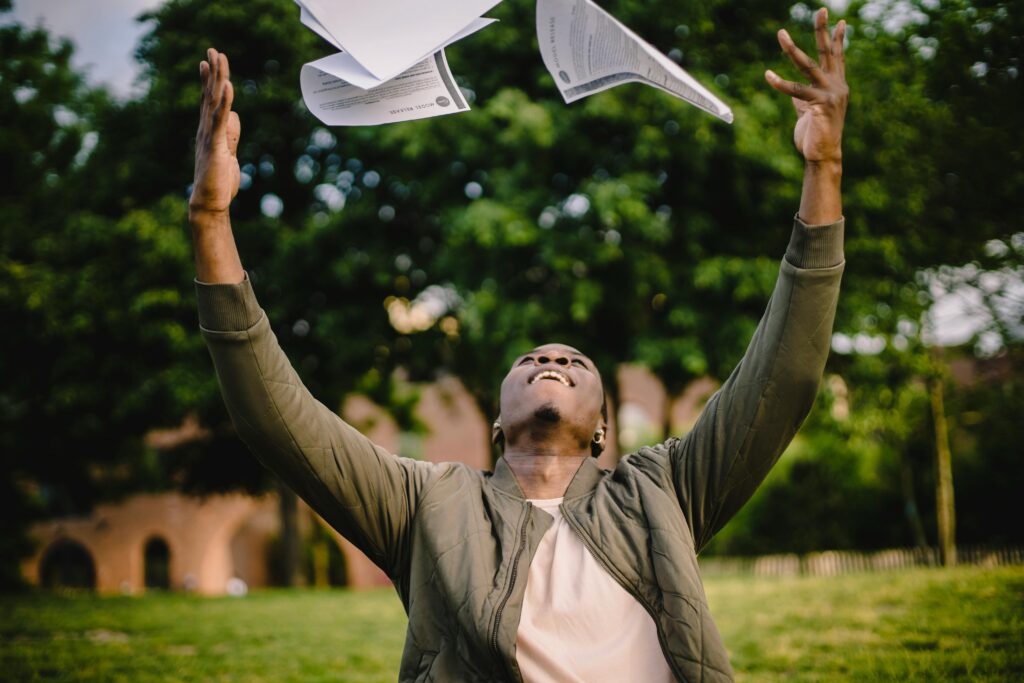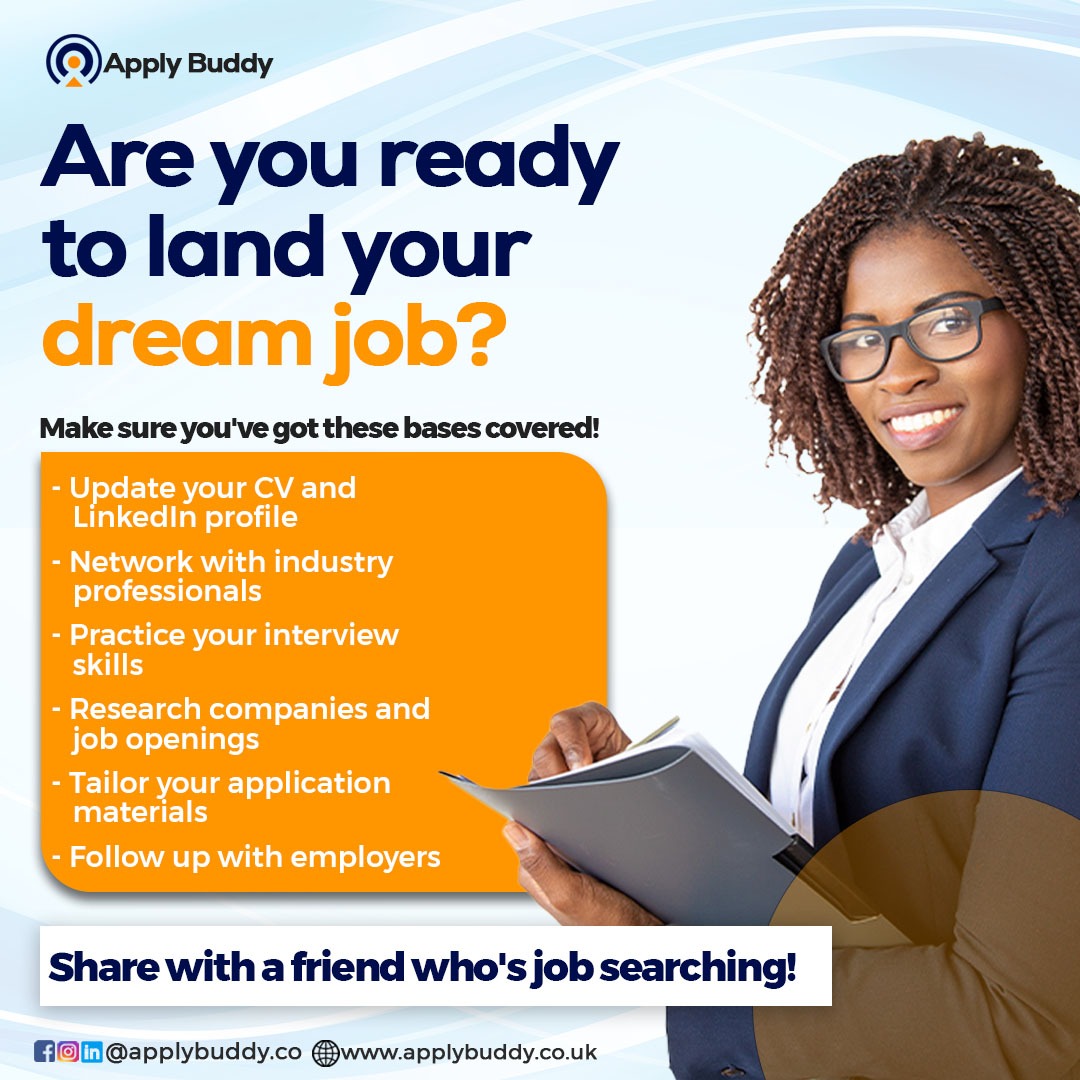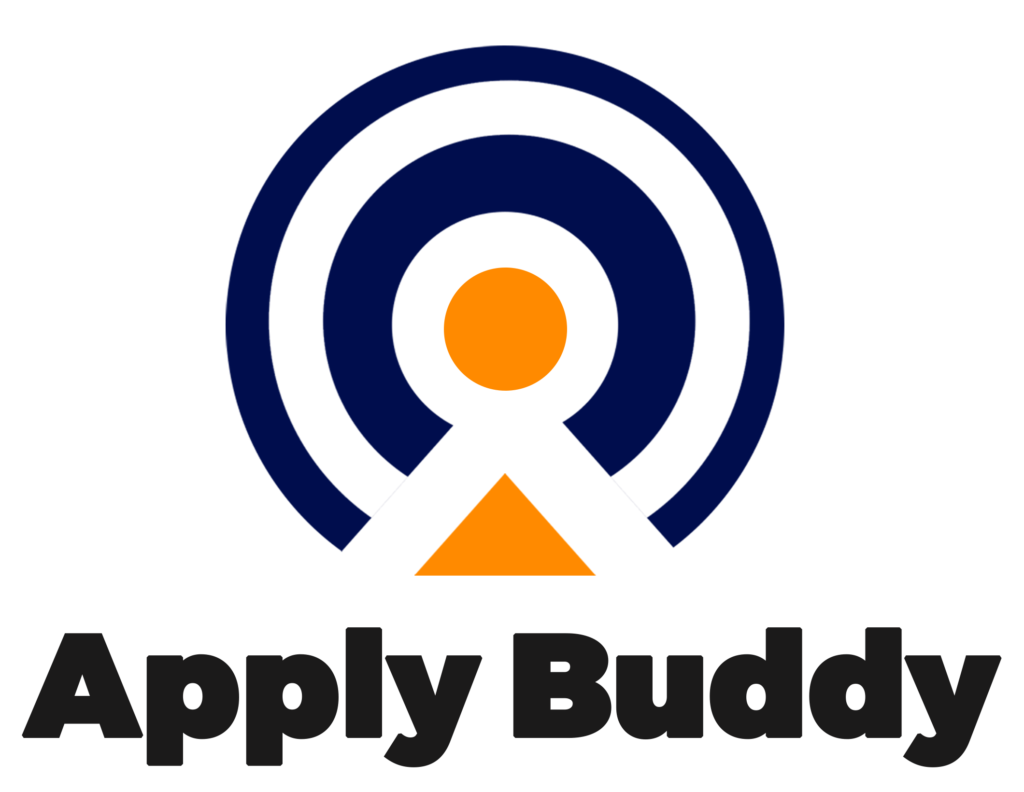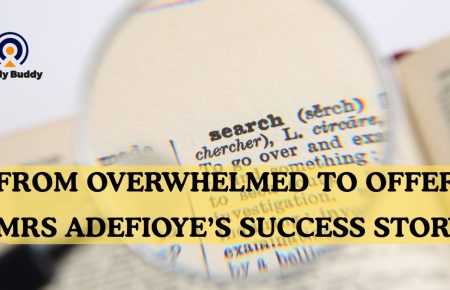Did you know that 75% of HR professionals state that a simple thank-you note affects their hiring decision after an interview? However, 69% of applicants fail to deliver favourably on this end. After an interview, one crucial yet often overlooked step is sending a well-crafted thank you note. This small gesture can leave a lasting impression, setting you apart from other candidates and reinforcing your genuine interest in the position. While many candidates focus solely on the interview itself, it is high time you learn how to send a thank you note that leaves a lasting impression after an interview. A thoughtful thank you note shows your appreciation for the opportunity and demonstrates your professionalism and attention to detail. This is a vital pointer in your job search strategies for success.
By learning how to send a thank you note that leaves a lasting impression, you can positively impact the hiring manager to move forward with you. You are thanking the interviewer for their time and reminding them of the positive qualities that make you an excellent fit for the role. It’s a final touchpoint that can leave the interviewer with a strong, positive image of you, which can be the deciding factor between you and another equally qualified candidate. The key is to craft a personalised, timely, and professional message.
The Positive Impact of a Well-Timed Thank You Note

Timing is everything when sending a thank you note after an interview. Ideally, you should send your note within 24 hours of the interview. This prompt response helps reinforce your enthusiasm for the role while the conversation is still fresh in the interviewer’s mind. It also keeps you top of mind during the critical decision-making period.
A well-timed thank you note can provide a psychological boost in your favour, signalling that you’re proactive and mindful of the interviewer’s time. It reflects positively on your character and work ethic, and when you’ve interviewed several people, sending individual thank-you notes can build stronger connections with each of them. Essentially, it’s one last chance to make a positive impression before making a hiring decision.
What to Include in a Thoughtful Thank You Note
Personalisation is vital to crafting a thank-you note that resonates with the interviewer. Generic notes may come across as disinterested, so aim to tailor your message to the specific interview. Mention particular details discussed during the interview, whether it’s a challenge the company is facing or a project you’re excited about. This shows the interviewer that you were engaged and attentive throughout the conversation.
Here are the key elements to include in your thank you note:
- Gratitude: Start by thanking the interviewer for their time and the opportunity to discuss the role. Be specific, acknowledging their efforts in making the interview process smooth or insightful.
- Personalisation: Reference a part of the conversation that stood out, such as a critical point the interviewer made or a question that resonated with you. This personal touch makes the note more memorable.
- Reiteration of Interest: Reaffirm your enthusiasm for the role and how your skills align with the company’s needs. This reinforces your candidacy and reminds the interviewer why you’re the right fit.
- Closing Remarks: Wrap up the note by expressing your hope to hear back soon, leaving an open line of communication.
Personalising your note and showing genuine appreciation will help it stand out from more formulaic responses.
Best Practices for Sending a Thank You Note That Stands Out

To make your thank, you note genuinely memorable; there are several best practices to follow. First, keep the tone friendly but professional. While expressing your appreciation is important, you don’t want to come off as overly casual or too formal. Strike a balance that reflects your personality while maintaining professionalism.
Next, please choose the correct delivery method, whether a handwritten note or an email (more on that below). Regardless of the format, ensure that your note is error-free—proofread carefully to avoid typos or grammatical mistakes, as this can diminish the positive impression you aim to create.
Additionally, avoid overloading the note with unnecessary details. Keep it concise and focused on critical points while allowing your personality and enthusiasm shine.
Handwritten vs. Email Thank You Notes
Choosing between a handwritten thank you note and an email can depend on the company culture, the speed at which a decision might be made, and the personal style of the interviewer. Each option has its pros and cons:
- Handwritten Notes: Sending a handwritten thank you note can make a lasting impression because it’s more personal and thoughtful. It shows that you took the extra time and effort, which can be particularly effective in industries where relationship-building is critical. However, handwritten notes take longer to arrive, which can be a drawback if the hiring decision happens quickly.
- Email Notes: In most cases, email is the preferred method due to its immediacy. An email thank you note ensures your message reaches the interviewer promptly, critical in fast-moving hiring processes. Additionally, email lets you be more concise and professional while demonstrating your gratitude.
Ultimately, an email is the best route if the hiring process is moving quickly. If the process is slower and the company has a more traditional or personal culture, a handwritten note could set you apart positively.
Keeping Your Thank You Note Concise and Professional
While it’s important to express gratitude, it’s equally important to keep your thank you note concise. Interviewers are busy and likely don’t have time to read long emails. Aim for 3-5 short paragraphs that get to the point quickly, without rambling. You should express your thanks, personalise the note, reiterate your interest in the role, and close politely.
Use a professional tone throughout, ensuring that your note is free of overly casual language. At the same time, don’t be afraid to let some of your enthusiasm and personality show—ensure it aligns with the company’s culture.
Example of a concise and professional thank you note:
Subject: Thank You for the Interview – [Your Name]
Dear [Interviewer’s Name],
I wanted to take a moment to thank you for the opportunity to interview for the [Job Title] position at [Company Name]. I truly appreciated our conversation about [specific point from the interview], and I’m even more excited about the opportunity to contribute to your team.
The challenges you outlined, particularly around [project/challenge], align perfectly with my experience in [specific skill]. I can bring valuable insights to help achieve [company goal].
Thank you again for your time and consideration. I look forward to hearing from you soon.
Best regards,
[Your Full Name]
This thank you note is professional, personalised, and straight to the point—leaving a lasting impression without taking too much of the interviewer’s time.
Common Mistakes to Avoid When Sending a Thank You Note
While sending a thank you note is an excellent way to make a lasting impression, several common mistakes can have the opposite effect. Avoid these pitfalls to ensure your note leaves a positive impression:
- Being Too Generic: One of the most common mistakes is sending a generic thank you note that could apply to any interviewer or job. Avoid using templates or impersonal messages. Instead, tailor your note to the specific conversation you had during the interview. Reference critical points, such as a project or challenge the company faces, and how your skills can contribute.
- Overly Long Messages: A thank you note should be concise and to the point. Long-winded emails can come across as rambling or unprofessional. Stick to three to five short paragraphs focusing on expressing gratitude, personalising the message, and reiterating your interest.
- Grammatical Errors and Typos: Nothing ruins a professional thank-you note faster than spelling or grammatical errors. Always proofread your message before sending it. Consider using a grammar-checking tool like Grammarly or asking a trusted friend to review it.
- Coming Off as Desperate: While showing enthusiasm for the role is essential, you don’t want to sound overly eager or desperate. Avoid language that feels like you’re pleading for the position. Instead, maintain a confident, polite tone that expresses your interest without overdoing it.
- Rehashing the Interview in Detail: The thank you note is not the place to summarise the entire interview. Instead, highlight one or two key points that stood out to you, but keep the focus on your appreciation and interest in the role.
- Forgetting to Personalise Each Note: If you interviewed multiple people, sending personalised thank you notes to each one is a good practice. Avoid copying and pasting the same message for everyone, as this can come across as lazy. Mention specific moments from each conversation to show you were actively engaged.
By clarifying these common mistakes, you’ll ensure your thank you note reinforces your professionalism and leaves a lasting, positive impression.
Conclusion
Knowing how to send a thank you note that leaves a lasting impression after an interview is a small but powerful way to seal the deal and land the job. A well-timed, thoughtful note can keep you at the top of your mind and showcase your professionalism and enthusiasm for the role. By following best practices—personalising your message, keeping it concise, and choosing the suitable delivery method—you can significantly improve your chances of standing out from other candidates. Remember, this simple gesture could be the difference between landing the job and being forgotten.
Enhance Your Interview Follow-Up with ApplyBuddy: Perfecting the Art of Thank You Notes

ApplyBuddy ensures you don’t miss out on the critical step of sending a thank you note after an interview. Our platform helps you craft personalised, professional thank you messages that leave a lasting impression on potential employers. ApplyBuddy’s expert guidance ensures your follow-up is timely, free from common mistakes, and perfectly tailored to the interviewer’s preferences. By using ApplyBuddy, you’ll not only reinforce your enthusiasm for the role but also stand out from the competition, increasing your chances of landing the job. Let ApplyBuddy help you make every interaction count!
FAQs for How to Send a Thank You Note That Leaves a Lasting Impression
1. How soon should I send a thank you note after an interview?
Ideally, you should send a thank you note within 24 hours of the interview. This ensures that you remain fresh in the interviewer’s mind and shows that you are prompt and enthusiastic about the position.
2. What should I avoid including in a thank you note?
Avoid including unnecessary details or rehashing the entire interview. Don’t make demands or sound overly desperate. Refrain from using unduly casual language or making the note too long. Keep it professional and focused on expressing gratitude and reiterating your interest.
3. Is it better to send a handwritten or email thank you note?
Both handwritten and email thank you notes have their advantages. Email is faster and more practical for quick follow-ups, especially in fast-moving hiring processes. Handwritten notes, however, can be more personal and memorable. If time allows and the company culture is more traditional, a handwritten note might substantially impact more.
4. How long should a thank you note be?
A thank you note should be concise, typically between 100-200 words. Aim for three to five short paragraphs that express gratitude, reference critical points from the interview, and reiterate your interest in the role. Keeping it short ensures it will be read and appreciated without overwhelming the recipient.
By following these best practices and avoiding common mistakes, your thank you note can leave a lasting impression that reinforces your candidacy and keeps you top of mind for the role.





